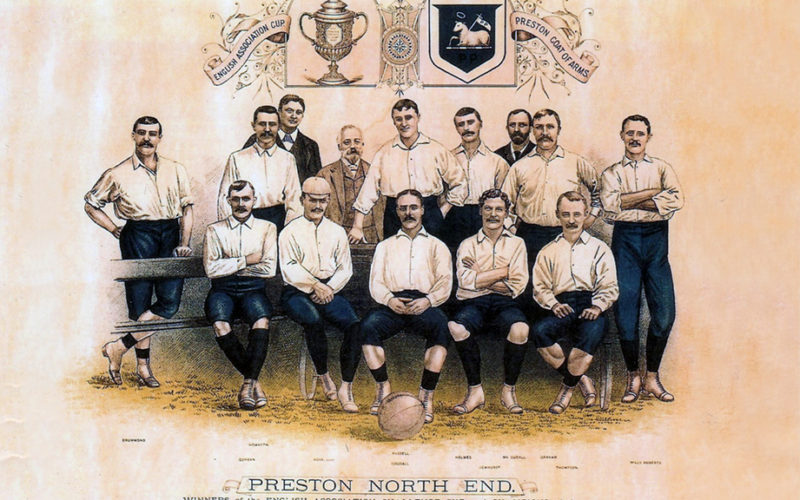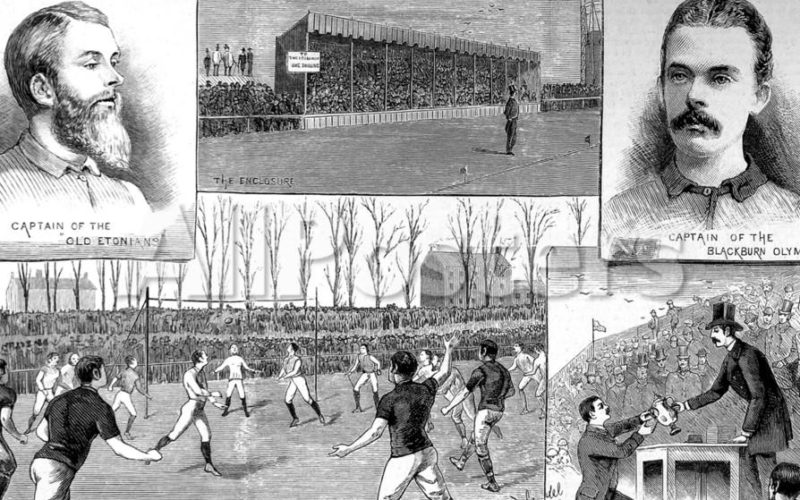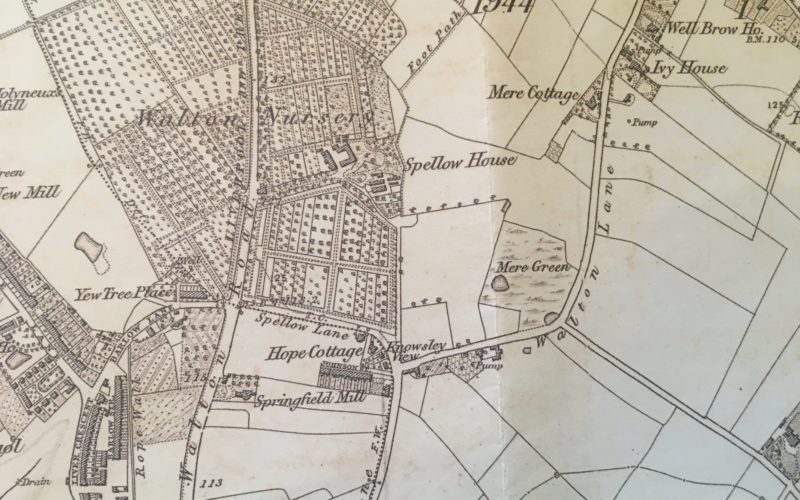A Christmas Tale from Liverpool
The retail stores of Liverpool had filled their windows with Christmas gifts to remind their potential customers that the festive season of 1888 was near, when a twenty years old Scotsman arrived at Tithebarn Railway Station to be greeted by the representatives of Everton Football Club. The weary traveller was John William Angus and he had been spotted while playing football in Glasgow, by a talent scout who dispatched him down to Liverpool, where he was to spend a trial period at Anfield. The Scot would have then been taken by the club conveyance, to meet the lady with whom…




